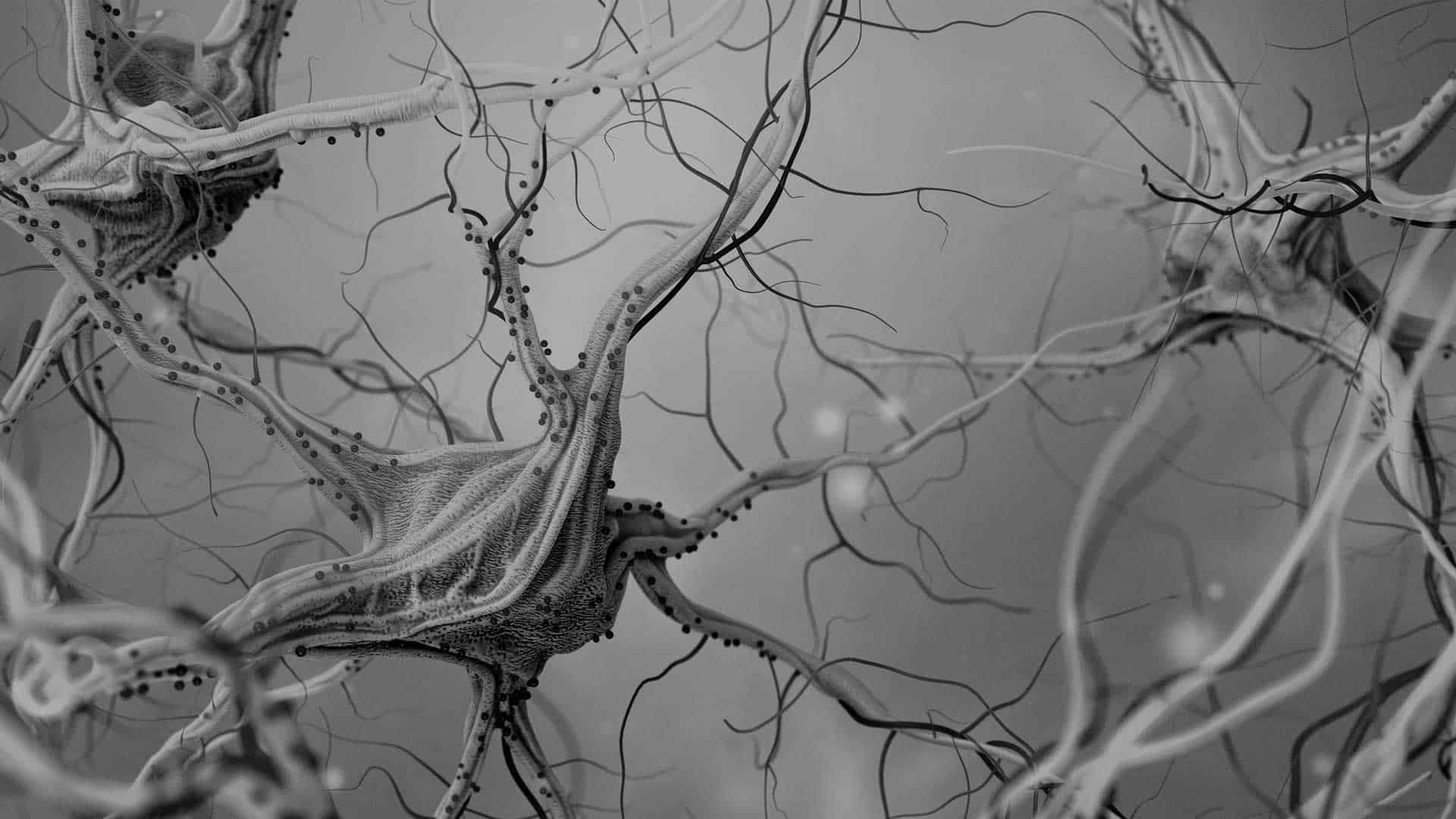ABSTRACT: Retinal metabolism is a continuous process, with or without light stimulation, in awake or sleep states. Alteration affects brain circuitry. Each eye has approximately 160 million retinal photoreceptors that funnel information in very predicable patterns, establishing a point to point projection map with established neuronal connectivity to various brain structures, such as the lateral geniculate nucleus, the hypothalamus and the superior colliculus. In the inner retina, photons of light trigger chemical signaling pathways with an eventual conversion from chemical gradients into electrical signals that exit each eye through the 1 million ganglion axons forming the optic nerve. Studies have found that topographically expressed genes in the retina control formation of this brain mapping and that the transcription factors in the nasal retina differ from those in the temporal retina. In addition to the classic photoreceptors (cones and rods) a third photoreceptor was recently uncovered. That discovery began a new neural framework for retinal processing. This third photoreceptor group (intrinsically photosensitive retinal ganglion cells) was not image forming – it was connected with circadian rhythms and other chemical processes, leading to a deeper understanding of the influence of retinal metabolism in brain function. To-date, point-to-point brain mapping has been used in the emerging field of neuro-optometry to enhance patient comfort and eyesight. However, this presentation carries current research further by describing probable effects of external retinal stimulation as a means to alter internal chemical metabolism. Possible relationships between retinal stimulation on brain wiring and chemical gradients in neuro-degenerative conditions are specifically addressed.

Research, Additional Research
Effects on Deep Brain Circuitry by Modulation of Retinal Signals
This presentation carries current research further by describing probable effects of external retinal stimulation as a means to alter internal chemical metabolism.
